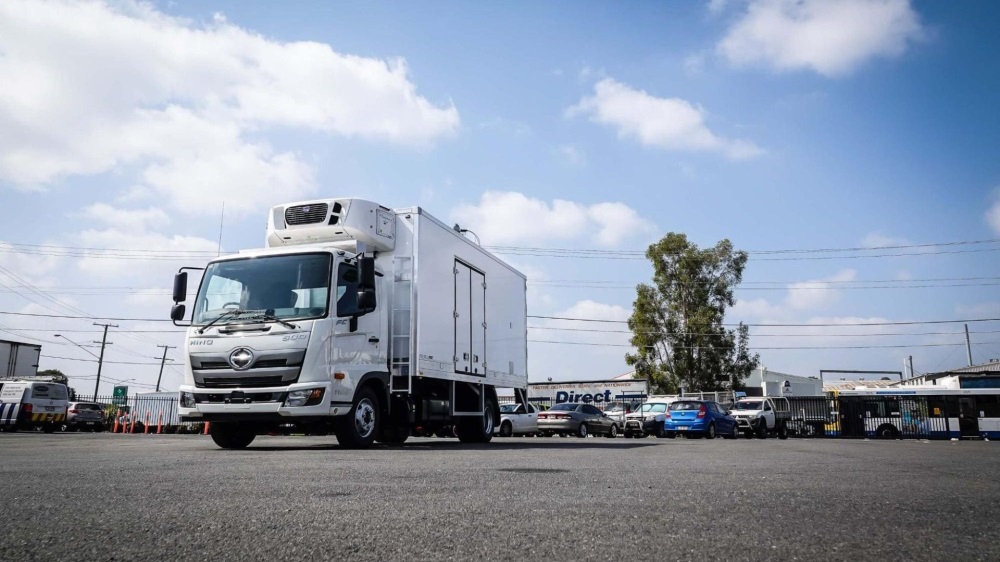
The transportation of frozen goods is a critical component of the global supply chain, ensuring that food, pharmaceuticals, and other perishable items reach consumers in optimal condition. This complex process, which spans from production facilities to distribution centers and retail outlets, relies on sophisticated scientific principles and technologies to maintain the integrity of frozen products. This blog post delves into the lesser-known aspects of the science behind frozen goods transportation, highlighting key statistics and innovations that underscore its importance and complexity.
The fundamentals of freezing
Freezing is a preservation method that slows down enzyme activity and microbial growth in perishable goods, extending their shelf life significantly. The process involves lowering the temperature of products to below their freezing point, typically to -18°c (0°f) or lower, which turns water content into ice, inhibiting the factors that contribute to spoilage and decay. According to the international institute of refrigeration (iir), freezing preserves the nutritional value, texture, and flavor of food products more effectively than most other preservation methods.
The role of cryogenic freezing in transportation
One advanced freezing technique that has gained traction in the transportation of frozen goods is cryogenic freezing. This method uses extremely cold gases, such as liquid nitrogen or carbon dioxide, to rapidly lower the temperature of products. Cryogenic freezing is particularly advantageous for its speed, which minimizes the formation of large ice crystals that can damage the cellular structure of food, preserving its quality and consistency. The american society of mechanical engineers (asme) reports that cryogenic freezing can freeze food products in minutes, compared to the hours it might take in conventional freezing systems.
Thermal insulation and packaging innovations
Effective thermal insulation is paramount in maintaining the desired temperature levels during the transportation of frozen goods. Advances in packaging materials, such as vacuum-insulated panels and phase change materials (pcms), offer superior thermal resistance, ensuring that products remain frozen despite external temperature fluctuations. A study published in the journal of food engineering highlighted that pcms could maintain the temperature of frozen goods within the desired range for extended periods, significantly enhancing the efficiency of cold chain logistics.
The importance of real-time temperature monitoring
Maintaining the cold chain integrity requires continuous monitoring of temperature conditions throughout the transportation process. The advent of internet of things (iot) technology has revolutionized this aspect, enabling real-time tracking of temperature data via sensors embedded in transportation units. This allows for immediate corrective actions if temperatures deviate from the set range, minimizing the risk of spoilage. Research from marketsandmarkets predicts that the global cold chain monitoring market will grow to $6.46 billion by 2023, driven by the increasing demand for temperature-sensitive products.
Addressing sustainability challenges
The transportation of frozen goods is energy-intensive, raising concerns about its environmental impact. The sector is actively exploring sustainable practices, such as optimizing routes to reduce fuel consumption, utilizing eco-friendly refrigerants with lower global warming potential, and investing in electric or hybrid refrigerated vehicles. The european environment agency (eea) emphasizes the importance of reducing greenhouse gas emissions from refrigeration in transportation to mitigate climate change.
Conclusion
The science behind the transportation of frozen goods encompasses a wide array of disciplines, from thermodynamics and materials science to information technology. As the demand for frozen products continues to grow, driven by consumer preferences for convenience and quality, the industry is poised for further innovations. By leveraging advanced freezing techniques, sustainable practices, and real-time monitoring technologies, the frozen goods transportation sector can continue to ensure the safe, efficient, and environmentally responsible delivery of perishable products worldwide.




